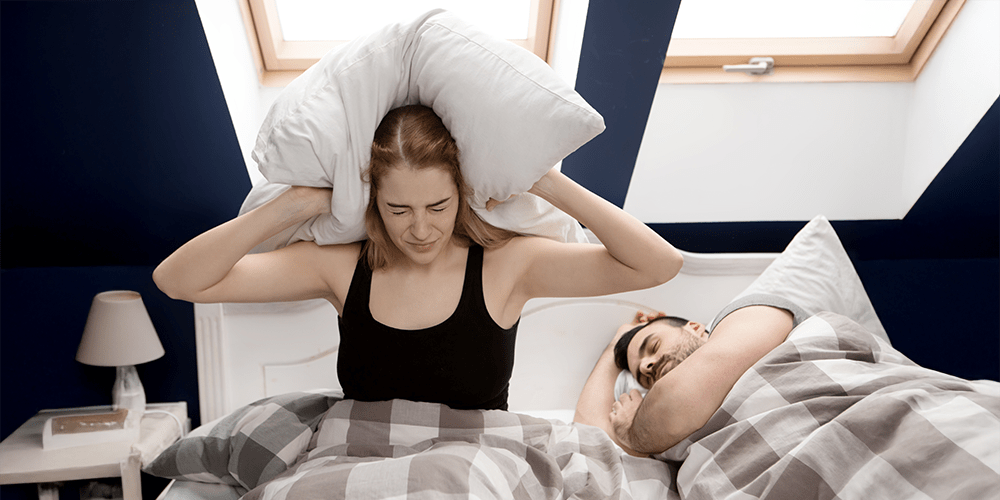Last Updated on April 16, 2025
Introduction
Obstructive sleep apnea (OSA) is a prevalent condition among veterans, often linked to service-related stress and medical issues. The Veterans Affairs (VA) assigns disability ratings for sleep apnea to determine compensation and benefits.
It is essential to explore the obstructive sleep apnea VA rating, how it is calculated, and ways to maximize claim by connecting secondary conditions and understanding VA evaluation criteria.
What is Obstructive Sleep Apnea?
Obstructive sleep apnea occurs when the muscles in the throat relax excessively during sleep, causing partial or complete airway blockages. Common symptoms include loud snoring, choking during sleep, and excessive daytime fatigue.
Veterans are at higher risk for OSA due to conditions like PTSD, obesity, and exposure to environmental hazards during service. Left untreated, OSA can lead to severe health complications such as cardiovascular diseases, diabetes, and depression.
The VA Disability Ratings for Sleep Apnea
The VA evaluates obstructive sleep apnea VA rating based on the severity of the condition and its treatment requirements. The ratings are categorized as follows:
- 0% Rating: Diagnosed with OSA but no significant symptoms or treatment required.
- 30% Rating: Persistent daytime hypersomnolence (excessive sleepiness).
- 50% Rating: Use of a CPAP (Continuous Positive Airway Pressure) machine or other breathing devices.
- 100% Rating: Chronic respiratory failure, carbon dioxide retention, or the need for a tracheostomy.
These ratings determine the level of compensation veterans receive for their condition.
CPAP VA Rating
The CPAP machine is a common treatment for OSA. Veterans prescribed a CPAP machine typically receive a 50% obstructive sleep apnea VA rating, as it signifies a moderate level of treatment for the condition.
However, merely using a CPAP machine does not guarantee a 50% rating. Veterans must provide adequate medical documentation, including a diagnosis and evidence showing the necessity of the CPAP device to manage their symptoms.
Improve Your VA Rating for Sleep Apnea by Linking Secondary Conditions
Linking secondary conditions to your primary sleep apnea diagnosis can strengthen your VA claim. Secondary conditions related to sleep apnea may include:
- Hypertension: Sleep apnea is often associated with high blood pressure.
- Depression and Anxiety: Sleep disruptions significantly impact mental health.
- Heart Disease: Untreated OSA increases the risk of cardiovascular complications.
Veterans can work with medical professionals to establish a connection between these conditions and their OSA diagnosis. This approach can improve the obstructive sleep apnea VA rating, leading to higher compensation.
How Sleep Apnea Relates to Other Medical Conditions

Sleep apnea does not exist in isolation. It often exacerbates or is aggravated by other medical conditions:
- PTSD and Sleep Apnea: Veterans with PTSD frequently report sleep apnea symptoms, likely due to chronic stress affecting breathing patterns.
- Obesity: Excess weight can cause airway obstructions, increasing the risk of OSA.
- Diabetes: There is a bidirectional relationship between OSA and diabetes, as sleep deprivation worsens blood sugar regulation.
Establishing these connections is critical for veterans seeking an appropriate VA rating for their condition.
VA Disability Ratings and Sleep Apnea
The VA’s disability ratings are designed to evaluate how much a condition impairs a veteran’s ability to function. The obstructive sleep apnea VA rating directly impacts the compensation veterans receive.
For example:
- A 50% rating ensures consistent financial support for veterans who require CPAP machines.
- A 100% rating provides full compensation for veterans experiencing severe health complications like respiratory failure.
The higher the rating, the greater the benefits, which may include monthly compensation and access to additional healthcare services.
How Does the VA Evaluate Sleep Apnea?
The VA uses several factors to assess sleep apnea claims:
- Medical Diagnosis: A sleep study confirming the presence of OSA is required.
- Treatment Evidence: Proof of CPAP or other treatments prescribed by a physician.
- Service Connection: Demonstrating that the condition is linked to military service or worsened by service-related issues.
To succeed in your claim, ensure thorough medical records, testimonials, and supporting evidence connecting OSA to service conditions. Working with a VA-accredited representative can streamline the process.
Conclusion
Navigating the VA disability process for obstructive sleep apnea can be complex, but understanding the system can significantly improve your chances of receiving the benefits you deserve. By establishing connections to service-related conditions and providing thorough medical evidence, veterans can secure a higher obstructive sleep apnea VA rating, and the support needed to manage their health effectively.




